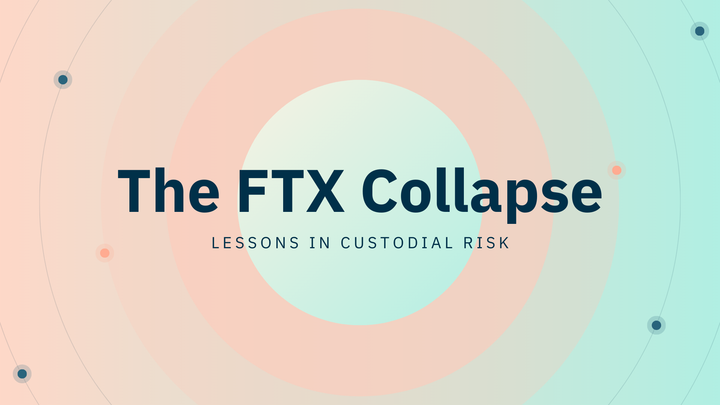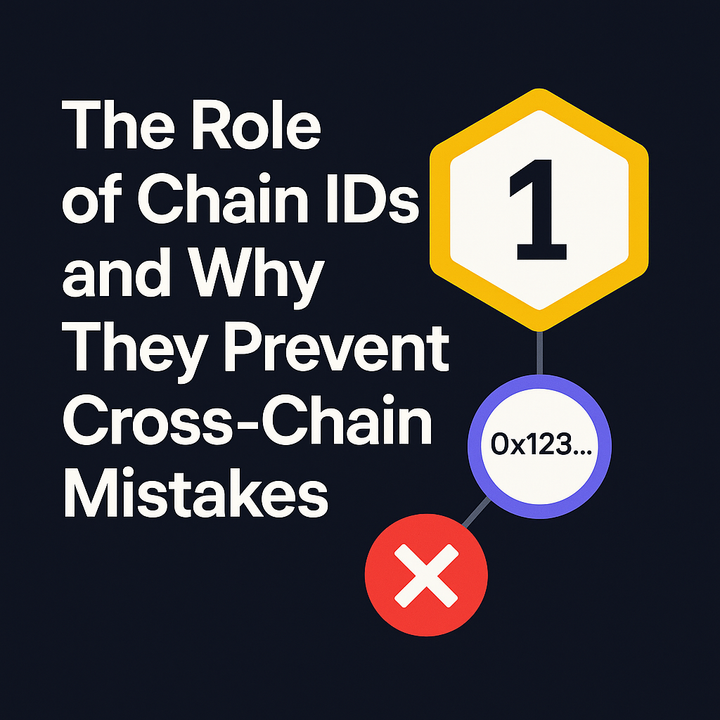Zootosis Explained: What Are Secondary Assets?

Decentralized Finance (DeFi) continues to evolve with innovative protocols with an aim to enhance liquidity, incentives, and capital efficiency. One of the latest ventures making waves is Zootosis, a collaborative initiative between Mitosis and Morph Network, launched on May 9, 2025. At its core, Zootosis encourages users to deposit digital assets into Matrix Vaults on Morph, rewarding them with unique points called Zoots, redeemable for tokens from both ecosystems. While the concept is intriguing, the role of secondary assets within Zootosis adds a nuanced layer worthy of deeper exploration. This article dives into what secondary assets are in Zootosis, explores how different asset issuers fit within this ecosystem, and discusses whether Zootosis might be pioneering a new kind of DeFi primitive.
What Are Secondary Assets?
In the Zootosis ecosystem, assets deposited by users are categorized into primary (main) and secondary assets. Primary assets include highly liquid and widely accepted cryptocurrencies such as WETH, USDC, USDT, and WBTC. These assets form the core liquidity base, benefiting from straightforward valuation, high liquidity, and broad acceptance across DeFi protocols. Secondary assets, conversely, encompass a broader and more diverse class of tokens, such as lesser-known stablecoins, algorithmic assets, wrapped tokens, or synthetic derivatives. Examples include mphETH (Morph’s wrapped Ethereum) and STONE (a staked asset from future integrations). These assets often have varied valuation and liquidity profiles, introducing additional risks such as smart contract vulnerabilities or market volatility. For instance, algorithmic assets may face depegging risks, while wrapped tokens like mphETH could be exposed to cross-chain bridging vulnerabilities. In Zootosis, secondary assets enable participation in the rewards program but come with differentiated multipliers and risk assessments. For example, WETH deposits may receive a 1.4x Zoots multiplier, while secondary assets like mphETH could offer higher multipliers to incentivize liquidity, balanced by stricter risk management. Zootosis employs a Time-Weighted Average Balance (TWAB)-based Total Value Locked (TVL) calculation and imposes up to 90% Zoots forfeiture for early withdrawals to maintain protocol stability. This categorization ensures that deposits of less liquid or riskier tokens are recognized but not rewarded on par with primary assets, fostering a sustainable and risk-aware ecosystem.
Zootosis Asset Spotlight: Which Issuer Fits You?
One of Zootosis’s unique features is its collaboration with multiple asset issuers, entities responsible for creating and backing digital assets. Choosing the right issuer depends on your risk tolerance, desired yield, and role within the Zootosis ecosystem.
- Stablecoin Issuers: For risk-averse users, assets from established stablecoin providers like Circle (USDC) or Tether (USDT) are reliable options. These primary assets offer low volatility and favorable reward multipliers, making them ideal for conservative liquidity providers.
- Algorithmic or Synthetic Asset Issuers: Secondary assets from experimental issuers, such as those behind mphETH or future integrations like STONE, rely on algorithms or collateralized synthetic models. These tokens may offer higher Zoots multipliers to attract liquidity but carry increased risks, including smart contract bugs or market-driven depegging. For example, partnerships with protocols like Ether.fi and Symbiotic suggest potential for innovative assets, though specific issuers remain undisclosed.
- Wrapped Assets and Cross-Chain Tokens: Issuers specializing in wrapped assets (e.g., WBTC) or cross-chain tokens like mphETH fall into the secondary category. These enable liquidity from other ecosystems (e.g., Ethereum, Arbitrum) to flow into Morph but introduce bridging risks, such as bridge exploits, and potential custodial risks if the issuer holds underlying assets. Selecting an issuer involves understanding the underlying technology, governance, and risks.
For instance, bridged assets may face vulnerabilities in cross-chain protocols, while algorithmic assets require trust in their smart contracts. Zootosis’s multi-issuer approach, supported by partnerships with protocols like Ether.fi, diversifies exposure and strengthens the ecosystem against individual issuer failures or market volatility.
Will Zootosis Unlock a New DeFi Primitive?
Zootosis represents more than a liquidity mining campaign; it is an experimental testbed for a novel DeFi primitive centered on multi-asset, multi-issuer, and multi-reward liquidity vaults. With $80 million in TVL shortly after launch, Zootosis demonstrates significant early adoption, but its long-term impact remains speculative as Mitosis mainnet is still pending. Traditional DeFi liquidity pools, like those on Uniswap or Curve, focus on one or two assets with symmetric risk-reward profiles. Zootosis’s Matrix Vaults, deployed on Morph’s Layer 2 network, support over 10 assets, including primary and secondary types, with differentiated reward mechanics. Users receive maAssets (tokenized vault positions) that enable composability across DeFi protocols, such as lending markets or AMMs, planned for Zootosis Phase 2. The Zoots points system, calculated via TWAB-based TVL and enhanced by features like Hodl Boost for longer commitments, introduces a transferable reward mechanism redeemable for $MITO and Morph tokens. This structure could redefine liquidity aggregation. By allowing diverse assets to participate under a modular framework, Zootosis absorbs capital from various sources while maintaining systemic health through risk-tiered rewards and early withdrawal penalties. The use of Zoots as a universal reward point system fosters cross-ecosystem composability, potentially enabling liquidity providers to gain rights and incentives across protocols. Future developments, such as dynamic asset baskets or cross-protocol reward pooling under Mitosis’s Ecosystem-Owned Liquidity (EOL) model, could position Zootosis as a foundational primitive for DeFi infrastructure. However, challenges remain. Smart contract risks, as highlighted in Mitosis’s documentation, require users to conduct due diligence. Regulatory hurdles, particularly for cross-chain and synthetic assets, could also impact scalability. If successful, Zootosis might inspire new financial instruments, such as risk-tiered vaults or interoperable reward systems, driving resilience and innovation in DeFi.
Conclusion
Zootosis offers an exciting glimpse into the future of DeFi liquidity management by integrating diverse asset classes, multiple issuers, and innovative reward mechanisms. Secondary assets, like mphETH and STONE, enable broader participation but introduce risks like smart contract vulnerabilities and bridging issues, balanced by differentiated Zoots multipliers. The multi-issuer approach, supported by partnerships with protocols like Ether.fi and Symbiotic, diversifies exposure and strengthens resilience against market volatility. While Zootosis’s $80 million TVL signals strong early adoption, its status as a new DeFi primitive is speculative, pending Mitosis’s mainnet launch and broader ecosystem integration. By pioneering a modular, multi-asset vault system with transferable Zoots rewards, Zootosis could redefine liquidity aggregation and user incentives, promoting composability across DeFi ecosystems.
Key Takeaways:
Zootosis categorizes assets to manage risk and reward, with secondary assets like mphETH offering higher multipliers but greater risks. Users can choose issuers aligning with their risk tolerance, from stablecoins to experimental tokens. Zootosis’s modular vaults and Zoots system position it as a potential DeFi primitive, though smart contract and regulatory risks remain.
Question for Reflection:
As DeFi protocols adopt multi-asset and multi-issuer strategies like Zootosis, how might this shift impact the future design of decentralized liquidity and reward systems? Could modular frameworks and transferable rewards foster more interoperable DeFi economies, and what role will robust governance play in addressing smart contract and regulatory challenges?



Comments ()